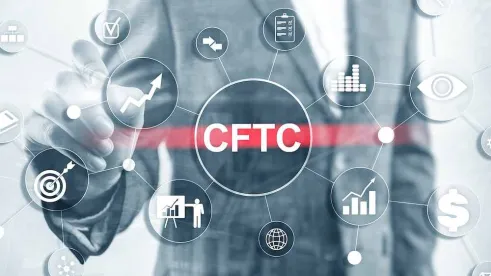Just under 10 years ago, the Joint Audit Committee launched a shot across the bow of the futures industry with this seemingly innocuous observation in a Regulatory Alert:
“Additionally, all accounts of the same beneficial owner within the same regulatory account classification (i.e., customer segregated, customer secured, cleared swaps customer, or noncustomer) should be combined for margin purposes. FCMs should be reminded that when determining an account’s margin funds available for disbursement, all accounts of the same beneficial owner, even if under different control, within the same regulatory account classification must be combined.”
JAC Regulation Alert 14-03 (available here). The Joint Audit Committee – a club of self-regulatory organizations that, in practice, serves as a proxy for the regulatory preferences of the Chicago Mercantile Exchange’s Financial and Regulatory Surveillance Department – was telling the industry, in essence, that the way institutional money managers use the futures markets needed to change. State pension fund X may contract separately with managers A and B to manage limited recourse pools of X’s retirement assets, in the expectation that those limited recourse structures will be respected in US securities and derivatives markets. But on futures exchanges, the separate accounts that A and B establish at FCM Y for X will have to be margined together as if they were a single account (notwithstanding that A and B are not affiliated and, in fact, are fierce competitors in the institutional money management industry).
A controversy ensued, culminating in the CFTC Staff’s Solomonic Letter 19-17, which created a (somewhat Rube Goldberg) compliance structure that, cumbersome though it was, would permit FCMs to continue doing business with managers like A and B on behalf of customers like X in line with the expectation of all parties that X’s separately managed accounts at FCM Y would be margined separately.
Specifically, Letter 19-17 addresses the processing of margin withdrawals by the customers of FCMs that are clearing members of registered derivatives clearing organizations under CFTC Rule 39.13(g)(8)(iii). Rule 39.13(g)(8)(iii) – the “DCO margin adequacy rule” – provides that a registered DCO must require its FCM clearing members to ensure that their customers do not withdraw funds from their accounts unless the net liquidating value plus the margin deposits remaining in the customer’s account after the withdrawal would be sufficient to meet the margin requirement applicable to the account. The intent of the rule is to mitigate the risk that a clearing member fails to hold customer funds sufficient to cover that margin requirement and, thus, the risk that the clearing member will effectively cover one customer’s margin shortfall using another customer’s funds.
In Letter 19-17, staff carved out from the terms of the DCO margin adequacy rule the scenario in which a clearing member maintains separate accounts for the same customer and wishes to release excess funds from one such separate account, notwithstanding an outstanding margin call in another. Letter 19-17 affirms that the risk management goals of the DCO margin adequacy rule may be addressed if the clearing FCM carrying a customer with separate accounts satisfies 16 conditions.
Letter 19-17 promised codification in due course, and that promise was redeemed in 2023 (the “First Proposal,” available here). The First Proposal hews closely to Letter 19-17, in particular by adopting that Letter’s focus on clearing members of registered DCOs. Many industry participants responded that this focus is too narrow and that the proposed codification should be effected through rules of general application to all FCMs, not just clearing member FCMs (that is, through Part 1 of the CFTC Regulations, rather than Part 39).
In the event, the CFTC agreed, withdrawing the First Proposal in favor of a Second Proposal (available here) that would substantively codify Letter 19-17 in a new Regulation 1.44. The Second Proposal also includes proposed amendments to Parts 22 and 30 of the CFTC Regulations (extending separate account margining risk management to the foreign futures and cleared swaps customer account origins), as well as to the regulatory capital rule for FCMs, CFTC Regulation 1.17 (making clear that calculations of assets, liabilities and capital charges by FCMs that elect to offer separate account margining to their customers must accurately reflect that separate account treatment).
The Second Proposal, like the First, departs most markedly from the framework of Letter 19-17 in the additional machinery around Letter 19-17’s condition that separately margined accounts of the same customer “must be on a one business day margin call.” The Second Proposal includes new proposed definitions of “business day” and “holiday,” as well as detailed guidance on how this condition should apply to settlement in USD, Euros, and 10 other foreign currencies, and on how FCMs should account for holidays, both US and non-US. Doubtless these reformulated proposals will receive careful attention from market participants.
A handful of comments on the First Proposal suggested that the CFTC adopt a less prescriptive, more “principles-based" approach to separate account margining – charging FCMs with the obligation simply to manage the risks involved, as they are already charged to do with a range of risks that attend their distinctive function in financial markets. Sadly (at least for fans of brevity and concision in the pages of the Federal Register), these calls appear to have gone unheeded. One way or the other, Letter 19-17’s Rube Goldberg structure is here to stay for FCMs and their “separately margined” customers alike.




 />i
/>i
